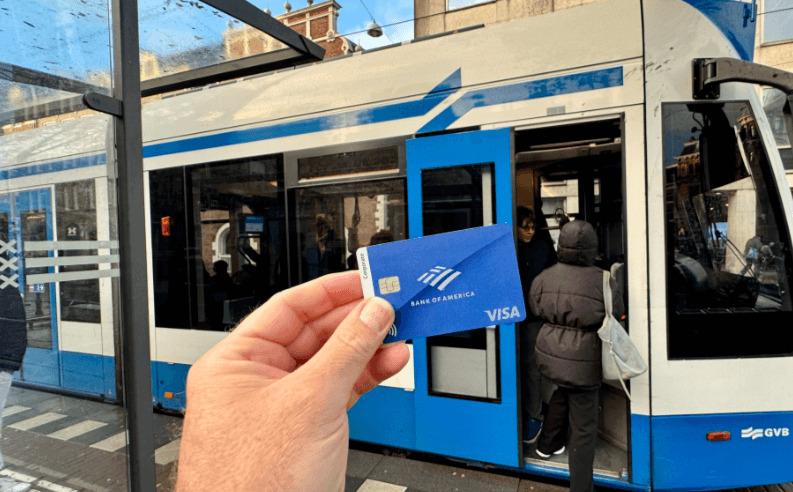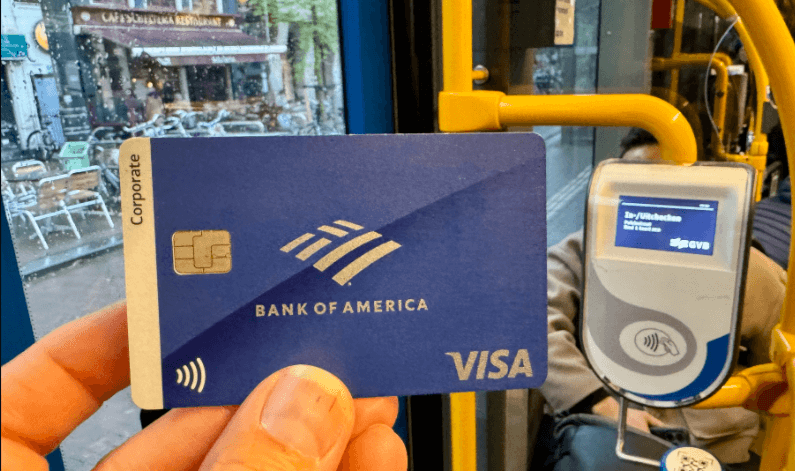
The Dutch propensity for embracing new technology is well-documented, and their latest venture into public transportation payments is no exception. The Netherlands has set a precedent by implementing a nationwide payment system called OVpay that allows passengers to access all public transit forms— in-city trams, buses, and metros, or intercity trains and buses—simply by tapping a credit card. This innovative approach eliminates the need for traditional tickets, streamlining the process significantly. Such systems have been operational in various cities and municipalities for some time, but the seamless integration across the country is impressive and ambitious.
My Experience With The New Dutch Payment System In Public Transportation
My firsthand experience with OVpay began upon my arrival at the airport. Typically, navigating the local public transport ticketing system is often a confusing and tedious first task after landing.
However, with OVpay, I bypassed the hunt for a ticket machine entirely. As the bus arrived, I boarded and tapped my credit card against the scanner to check-in. A simple second tap checked me out at my destination, and the journey cost was automatically charged to my card. This system also supports smartphone and smartwatch payments through apps like Apple Pay or Google Pay, further enhancing its accessibility.
The move towards digital solutions reflects a broader shift in societal norms where physical tickets might soon become obsolete. Yet, while the system predominantly offers convenience, it has drawbacks. For instance, each passenger must have a separate payment method, complicating travel for groups or families. I observed a French family struggle with this as they were forced to quickly download and navigate the local transit app to purchase individual tickets for each family member, almost missing their tram.
Moreover, the widespread adoption of OVpay has reduced the availability of traditional ticket-purchasing options. The once-abundant ticket machines at places like Centraal Station are now scarce, primarily relocated to less accessible areas. This change disproportionately affects those unable or unwilling to adapt to the digital payment method, ultimately making travel more expensive and challenging.
Some Other Issues
Another issue arises from simple user errors in the new dutch payment system in public transportation. Holding a card too close to the reader may inadvertently check a passenger in and out, causing errors. Furthermore, forgetting to check out can lead to charges for the longest route, as nearly happened on my ride to Schiphol.

When I sought clarification on some aspects of OVpay at the official transit information office, the response was less than helpful. The clerk’s overwhelming frustration highlighted a significant issue: while the system functions flawlessly for the vast majority, those encountering problems—often tourists unfamiliar with the system—are left with a less-than-sympathetic support structure.
Despite these challenges, the convenience of hopping on and off public transportation without the hassle of tickets is undeniable. The implementation of OVpay represents a significant step towards the future of public transport, a future that seems both inevitable and, on balance, highly beneficial. Have you experienced this new system? I’m curious to hear how it has worked for others.





